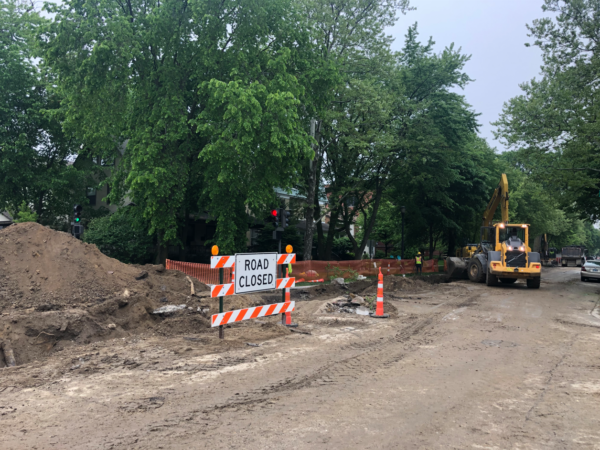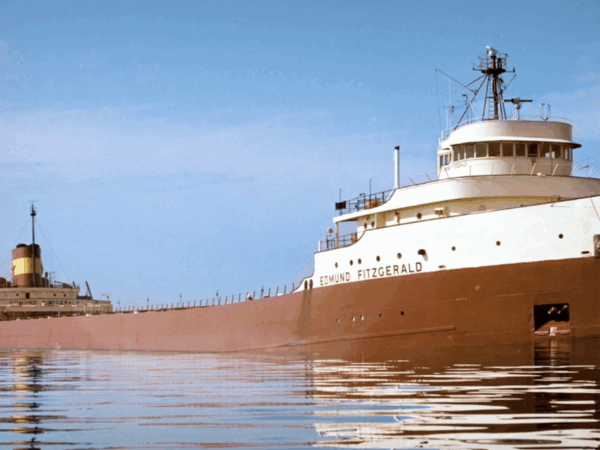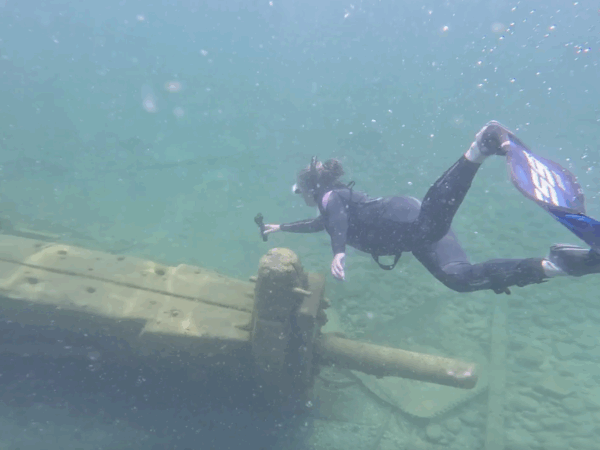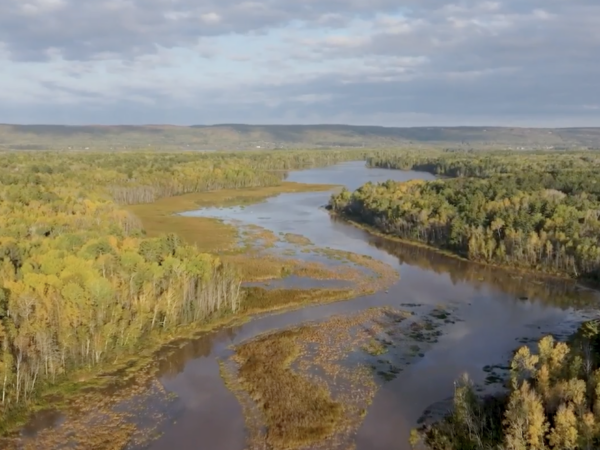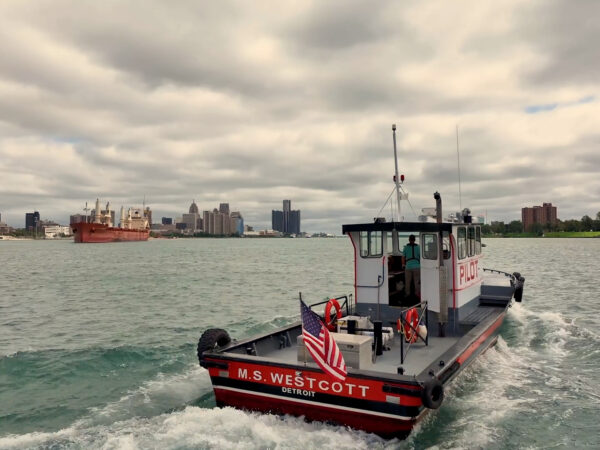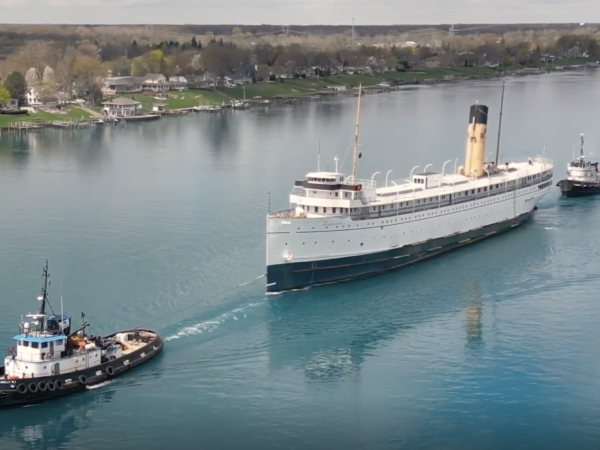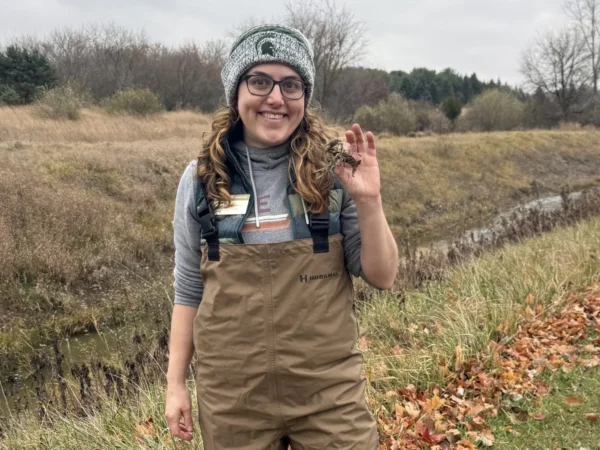IN THIS EPISODE:
Investigating the complicated policy and impacts of coal ash in the Great Lakes through the student reporting initiative, “Poisonous Ponds: Tackling Toxic Coal Ash.” Coal ash threats on Lake Michigan, ideas for beneficial reuse and more in this special collaboration with Northwestern University’s Medill School of Journalism, Media, Integrated Marketing Communications.
This month’s episode is a collaboration between Great Lakes Now, the Energy News Network and students at Northwestern University’s Medill School of Journalism, Media, Integrated Marketing Communications. Meet all the student journalists HERE, and find their work below.
WHERE WE TAKE YOU IN AUGUST
GREAT LAKES LEARNING:
Explore this month’s hands-on lesson plans designed to help your middle schoolers understand the Great Lakes — all at home or in the classroom. They’re aligned to education standards AND free to download.
Lesson Plans
Have a question about the Great Lakes or life in the region?
Ask Great Lakes Now, and if we can answer it, we might loop it into our coverage so others can learn too.
Submit Your Question
When to Watch?
Check your local station for when Great Lakes Now is on in your area.
Premieres on DPTV
Wednesday, August 31, at 7:30 PM
STATIONS CARRYING THE SERIES
DPTV
Detroit, Michigan
WEAO
Akron, Ohio
WNEO-TV
Alliance, Ohio
WCML-TV
Alpena, Michigan
WDCP-TV
Bad Axe, Michigan
WBGU-TV
Bowling Green, Ohio
WNED-TV
Buffalo, New York
WCMV-TV
Cadillac, Michigan
WVIZ-TV
Cleveland, Ohio
WDSE-TV
Duluth, Minnesota
WKAR-TV
East Lansing, Michigan
WQLN-TV
Erie, Pennsylvania
WCMZ-TV
Flint, Michigan
WGVU-TV
Grand Rapids, Michigan
WPNE-TV
Green Bay, Wisconsin
WGVK-TV
Kalamazoo, Michigan
WHLA-TV
La Crosse, Wisconsin
WHA-TV
Madison, Wisconsin
WNMU-TV
Marquette, Michigan
WHWC-TV
Menomonie-Eau Claire, Wisconsin
WMVS-TV
Milwaukee, Wisconsin
WCMU-TV
Mt. Pleasant, Michigan
WLEF-TV
Park Falls, Wisconsin
WNIT-TV
South Bend, Indiana
WCNY-TV
Syracuse, New York
WGTE-TV
Toledo, Ohio
WDCQ-TV
University Center, Michigan
WNPI-TV
Watertown, New York for Ontario signal
WPBS-TV
Watertown, New York for U.S. signal
WHRM-TV
Wausau, Wisconsin

Christine Nannacelli is with the Sierra Club of Illinois.
Coal Ash and Communities
SEGMENT 1 | Waukegan, Illinois; Oak Creek, Wisconsin; Kingston, Tennessee
The industrial history of Great Lakes communities was largely fueled by coal, and reminders of the era remain.
Numerous coal ash ponds are located around the region and hold the remains generated by these power sources. Coal ash is toxic, containing mercury, cadmium, arsenic and other heavy metals.
A Tennessee coal ash disaster in 2008 got a lot of people concerned about coal ash: some 7.3 million tons of coal ash went gushing out of an earthen dam covering 300 acres in Kingston. The spill is considered the largest in history, and of the roughly 900 laborers hired to clean up the mess, more than 50 have died.
Could a Tennessee style catastrophe happen at one of these sites in the Great Lakes? The answer is: It already did … but on a smaller scale.
In October 2011, a hillside collapsed at the Oak Creek Power Plant just south of Milwaukee, Wisconsin. The collapse sent dirt, trucks, trailers and coal ash into Lake Michigan. It created a debris field about 100-yards long and 80-feet wide. Luckily, no one was injured.
A few miles south on the Lake Michigan shoreline is the town of Waukegan, Illinois, population about 89,000, where several coal ash sites sit about 100 yards from Lake Michigan. Residents worry they threaten drinking water as well as the Great Lake.
“Waukegan has suffered from industrial pollution. We have five superfund sites,” said Dulce Ortiz, a lifelong resident and community activist. “So we’ve seen the horrors that these companies have done to our community.”
Here is other Great Lakes Now work on industry on the Great Lakes:
Industries and public water supplies top list of main consumers of Great Lakes water
Does extreme weather threaten the hazardous waste sites that border Lake Michigan?

Coal ash contains mercury, cadmium, arsenic and other heavy metals. After a 2015 coal ash disaster in Tennessee, a number of people became concerned about how the waste material is being stored at sites across the country.
Reuse, Recycle
SEGMENT 2 | Town of Pines, Indiana
The United States has been burning coal as a fuel source for more than a century, and for every load of coal burned, a pile of coal ash is left behind.
It’s estimated that more than 2.5 billion tons of coal ash are sitting in landfills and ash ponds across the country. This raises a lot of concern for people who view coal ash as a potentially harmful and toxic material.
“Coal naturally contains lots of heavy metals. And when you take it out of the ground and when you burn it, you concentrate those heavy metals,” says Lisa Evans, an attorney with Earthjustice. “When it’s concentrated in the ash, that it’s going to get into the environment if you don’t dispose of it properly.”
But the good news is that coal ash can be kept out of the trash and put to use in materials like concrete and drywall.
“We have an opportunity to do some really good things from an environmental standpoint, to improve our situation in terms of disposal, reduce the amount of material in landfills and ponds, and improve the performance of our infrastructure,” says Thomas Adams, executive director of the American Coal Ash Association.
Here is other Great Lakes Now work on reuse:
Plastic Trap: New project pulls plastics out of the lakes, one floating garbage can at a time

Even as coal plants around the country have closed in high numbers, coal ash is left behind and there’s nearly a billion tons of the toxic material. By nature, these coal plants are usually near water, and the leftover coal ash can leach into groundwater affecting drinking water for nearby residents.
The Catch: News about the Lakes You Love
SEGMENT 3 | Dresden, New York; Joliet, Illinois
Keep up with the Great Lakes’ biggest issues. Find out how environmental challenges are impacting your enjoyment of the outdoors and the health of the ecosystem. Go beyond the headlines with reporters from around the region.
Learn about the lakes you love in Great Lakes Now’s newest segment – The Catch. This month: student reporting about coal ash from the Medill School of Journalism at Northwestern University.
First up, journalist and recent Medill graduate Sruthi Gopalakrishnan has a story about a bitcoin mining operation in Dresden, New York. The plant, which is near the shores of New York’s largest Finger Lake, Seneca Lake, is called Greenidge Generation. Housed in a former coal-fired plant, the bitcoin mining operation is energy intensive. Although the plant now burns natural gas, some of the ash left over from the plant’s days burning coal now sits in an unlined pond, just a short distance from Seneca Lake — and some locals are concerned about water pollution.
Next, Medill journalism student Sarah Aie has been reporting about a former limestone quarry in Joliet, Illinois, about 30miles from Lake Michigan. Owned by energy company NRG, the quarry holds more than 6 million tons of coal ash. Environmental lawyers, activists and residents are pushing for this coal ash to be completely removed from the quarry and transported to a safer landfill.
Finally, we go to Chicago, where recent Medill journalism grad Diana Leane offers up a national overview of the complications around coal ash regulation. For years, coal ash has been disposed of in the ground, and some of it has been scattered on land. For many years there were few or no regulations or oversight, but that changed in 2015 when the EPA established some.
However, the regulations are murky, and while this ash sits in more than 700 impoundment lots around the country, there’s a risk that the toxins will leach into groundwater potentially impacting nearby residents’ water supplies.
Videos from Episode 2208
Subscribe on YouTube
Featured Articles
Digital Credits
The Great Lakes Now Series is produced by Rob Green and Sandra Svoboda.



